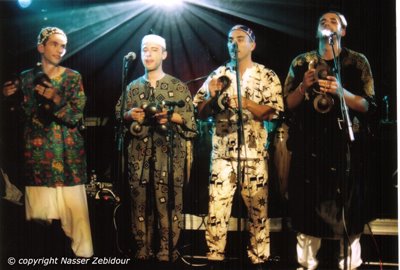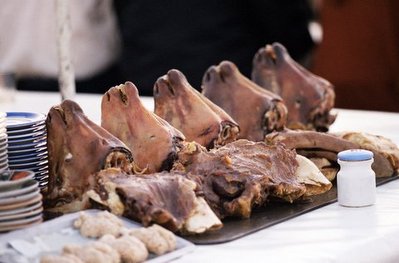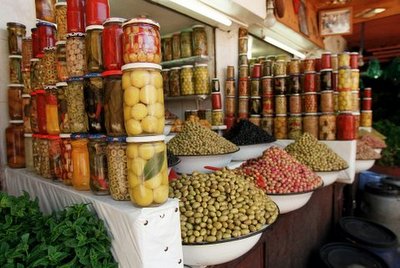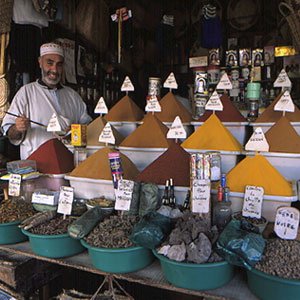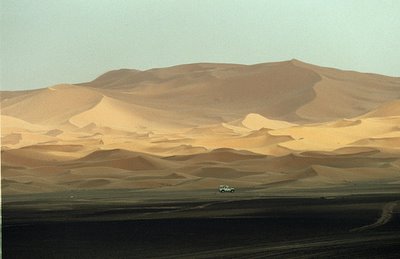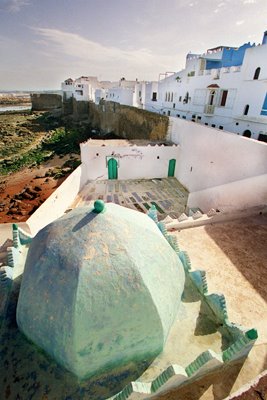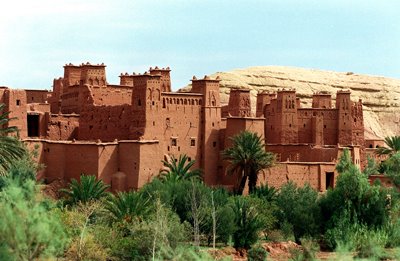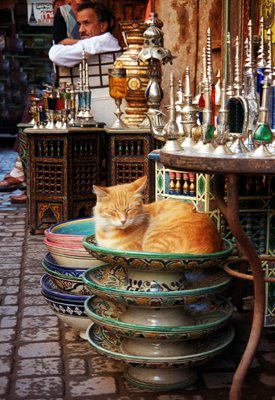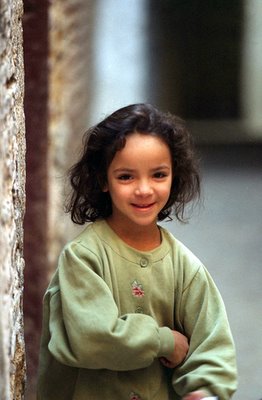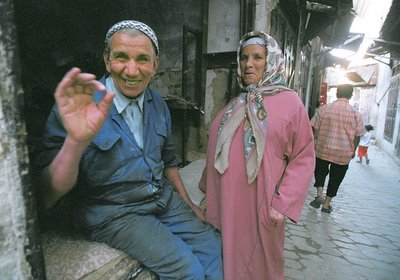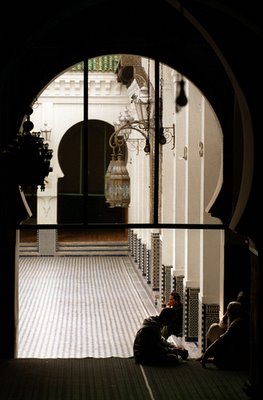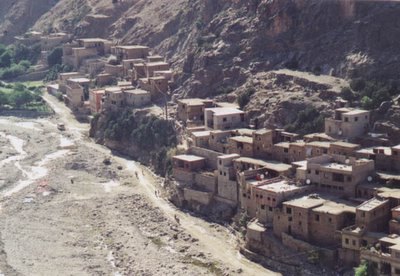
Although Moroccan Arabic and French are the languages most people associate with Morocco - there are also the Berber languages (Tamazight) such as Tarifit, Tashelhit and Amazigh.
After a long battle, mother tongue education in Tamazight has become reality in Morocco. Beginning in September 15, 2003, more than 300 elementary schools and some 1000 teachers were devoted to the program. The BMCE (Banque Marocaine pour le Commerce Exterieure) Foundation had already initiated this teaching in some primary schools that it had built as part of its programs. The time allotted to this teaching is two hours a week. Because of the nature of regional variation in Tamazight, the three major varieties are taught in their respective regions (Tarifit in the north, Tamazight in the central area, and Tashelhit more to the south).
There are also some well known writers in Tamazight:
Mustapha Ayned. A playwright, shortstory writer and songwriter (he is also a talented singer talented singer. His website must be one of the few in a Berber language. VISIT IT
Mohamed BouzeggouPlaywright and one of the few novelists. His first novel jar u jar won the Cadi Kaddour Literature Award.
Moussaoui Bouziyyane. Published a collection of short stories. lhemlet tameqqrant (the deluge)
Mohamed Chacha. Essays, novels and poems.
Ahmed Essadki A poet leoyadv n tmurt(Battle cry of the Homeland).
Rachida El Marraqui. Short stories
Said Moussaoui Poet. isfuffi dd uoeqqa (The stone has blossomed).
Mimoun El Oualid His book zi laddjagh n tmurt ghar ruorat n ujenna (From the Depths of the Earth to the Heights of the Skies).He is also one of the greatest Tarifit singers.
Ahmed Ziani. Poet. ad arigh deg wezru (I shall write in stone) and ij n tliwliwt i mulay (Ululate for the Bridegroom)both translated into Dutch.
Ahmed Zahid . Playwright Argaz n wurg (A golden man)
Tags: Morocco, Fes, Gnaoua, Music.

